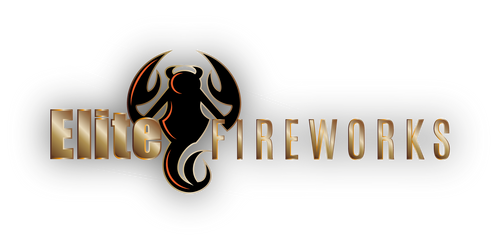Firework Categories
All fireworks on sale to the public have to be extensively tested and classified as either Category F2 or F3. These classifications also impose a noise limit, outline how much space should be given when using them, and ensure the firework has a safety fuse and clear instructions on the label.
- Category F1 refers to fireworks which pose a minimal hazard and this classification is usually given to indoor fireworks
- Category F2 items (sometimes known as garden fireworks) require the smallest distance, which is eight metres or 15 metres
- Category F3 items (sometimes known as display fireworks) require the greatest distance which is at least 25 metres.
Not all fireworks in these categories will be suitable for every garden. It is vital to check the distances required and all of the instructions on Category F2 and F3 fireworks as it may not be possible to meet the distance requirements in a domestic garden.
- Category F4 fireworks (sometimes known as industrial fireworks) are for professional use only at organised displays. These can include aerial shells and other items banned for sale to the public. Many category F4 fireworks are supplied without a fuse and are extremely dangerous to the untrained. If you are not a licensed professional and you are offered Category F4 fireworks, these are being sold to you illegally.
Firework Safety Code
Only adults should deal with setting up firework displays, the lighting of fireworks and the safe disposal of fireworks once they have been used (and remember, alcohol and fireworks don't mix!). Children and young people should be supervised, and watch and enjoy fireworks at a safe distance. Follow these top 10 tips for a safer fireworks party:
- Plan your firework display to make it safe and enjoyable, and check the time you can legally set off fireworks
- Only buy fireworks which carry the CE or UKCA marks, keep them in a closed box, and use them one at a time
- Read and follow the instructions on each firework using a torch if necessary
- Light the firework at arm's length with a taper and stand well back
- Keep naked flames, including cigarettes, away from fireworks
- Never return to a firework once it has been lit
- Don't put fireworks in pockets and never throw them
- Direct any rocket fireworks well away from spectators
- Never use paraffin or petrol on a bonfire
- Make sure that the fire is out and surroundings are made safe before leaving.
Sparkler Safety
Sparklers are often viewed as being harmless but they burn at fierce temperatures, equivalent to a welding torch. Follow these top tips for sparkler safety:
- It is recommended that sparklers are not given to under-5s
- Make sure everyone handling sparklers wears gloves
- Hold sparklers at arm’s length while being lit and light them one at a time
- Don’t wave sparklers about close to other people
- Never hold a baby in your arms while you are holding a sparkler
- When the sparkler has finished put it in a bucket of cold water.
